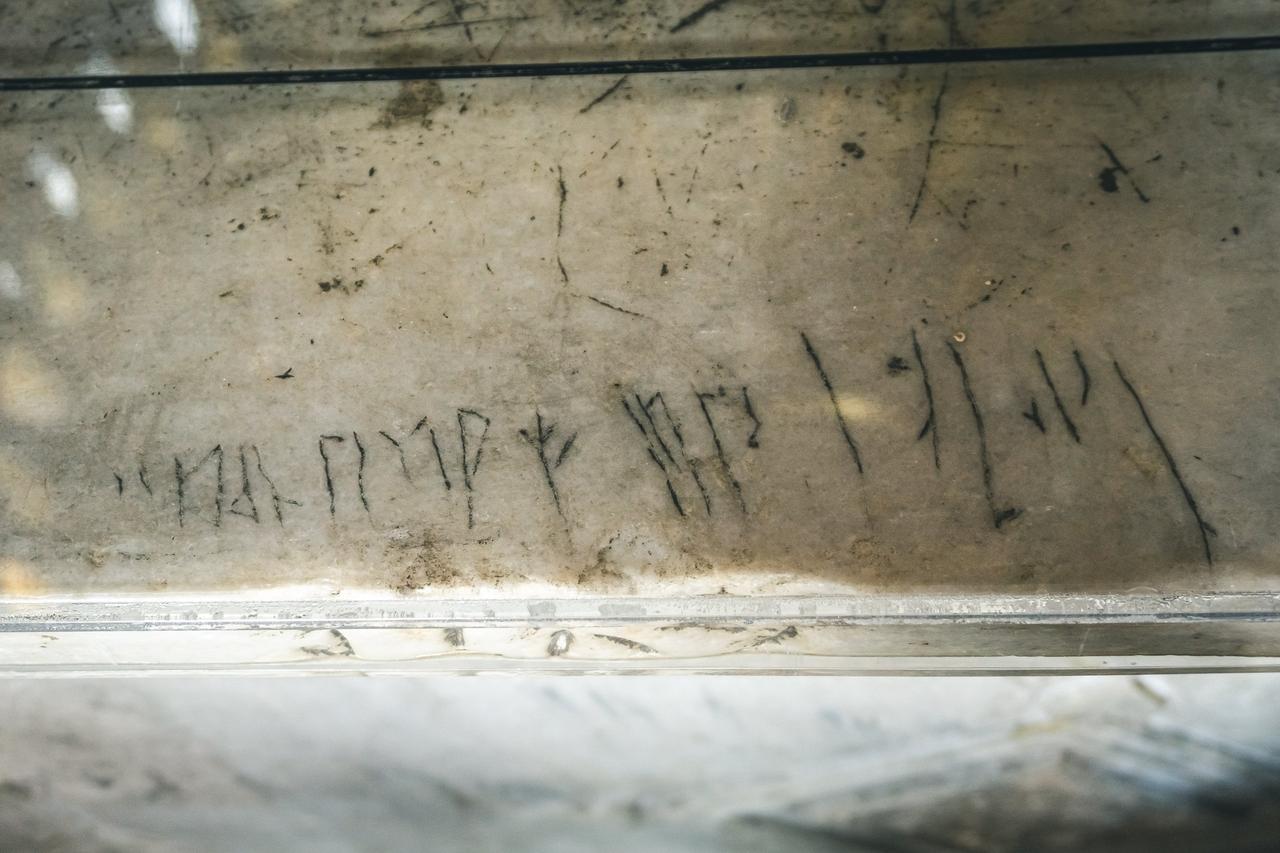
The popular image of the Vikings as northern raiders who plundered Christian monasteries and sailed the coasts of England, Ireland, and France is well known. But far fewer people know that Viking warriors once set their sights on Islamic lands, launching brutal attacks on regions such as al-Andalus, North Africa, and Mesopotamia. Historical evidence shows that the reach of these Norsemen extended deep into territories of the Islamic world, marking one of the lesser-known chapters of medieval global interaction.
The Viking expansion, which began in the late eighth century, is often associated with western Europe. However, Islamic sources from the ninth and 10th centuries reveal that Vikings—often referred to as "Majus" in Arabic chronicles—also attacked Muslim-held territories. One of the earliest and most striking examples is the 844 A.D. raid on Seville, then a flourishing Islamic city in al-Andalus (present-day Spain).
According to Andalusian historian Ibn al-Qutiyya, Viking ships appeared suddenly on the Guadalquivir River. The Norse warriors looted the suburbs of Seville and massacred civilians, prompting a fierce counterattack from Muslim forces. The defense, led by Emir Abd al-Rahman II, ultimately expelled the Vikings after several days of bloody fighting.
Beyond Iberia, Viking raiders also appeared in the Mediterranean and Middle Eastern world. Historical records indicate that in the ninth century, Viking forces reached as far as North Africa and the coasts of present-day Türkiye. Byzantine and Arabic sources mention Viking fleets (sometimes confused with Rus mercenaries) attacking Islamic strongholds in the eastern Mediterranean.
In one particularly significant account, the historian al-Masudi describes Norse warriors who sailed down Russian rivers, passed through the Caspian Sea, and launched attacks on Muslim cities in Persia. These raids were marked by extreme violence, with looting, burning, and enslavement of local populations.

So why did the Vikings target the Islamic world? The answer lies in both geography and economy. The Islamic regions were rich, urbanized, and accessible via important rivers and sea routes. Moreover, the Islamic world’s thriving trade networks and accumulated wealth made it an irresistible target for Viking plunder.
In addition to opportunistic attacks, some Viking leaders likely viewed raids on Islamic cities as a way to gain prestige and secure resources to assert dominance in their homelands. The appeal of exotic goods, silver, and slaves from the East gave Norsemen incentives to push their limits far beyond Scandinavia.
Interestingly, these encounters weren’t purely destructive. Trade, diplomacy, and even cultural exchange followed in the wake of violence. Viking traders—often operating alongside raiders—interacted with Muslim merchants, exchanging furs, amber, and slaves for silver, spices, and fine textiles.
Some scholars argue that exposure to Islamic culture influenced Viking art, ship design, and even burial customs. Arabic coins found in Viking graves throughout Scandinavia suggest economic ties between the two civilizations. Meanwhile, the term "Rus" in Arabic texts points to a hybrid group of Norse-Slavic people who acted as intermediaries between the Islamic world and the Viking North.

Present-day Türkiye also figures into this overlooked history. The Vikings’ contact with the Byzantine Empire—whose capital, Constantinople, was located in modern-day Istanbul—brought them into indirect conflict and cooperation with Islamic forces. Some Norsemen even served as elite guards (the Varangian Guard) for the Byzantine emperors, further entangling Viking destinies with those of the Islamic world.
Hagia Sophia, a 1,500-year-old architectural marvel in Türkiye, continues to reveal its mysteries, including Viking symbols etched into its marble slabs, suggesting the presence of Scandinavian warriors. Among these, a runic inscription reading “Halfdan was here”—carved by a Viking soldier during a liturgy over a millennium ago—remains visible today, protected under glass in the upper gallery. In addition to Viking traces, both Christian and Muslim visitors throughout history engraved talismanic symbols on the building’s columns and walls, hoping to shield it from natural disasters and invasions, though their exact meanings remain unknown.
Türkiye's geographical location made it a crossroads of civilizations—a meeting point where raiders, traders, and empires collided.